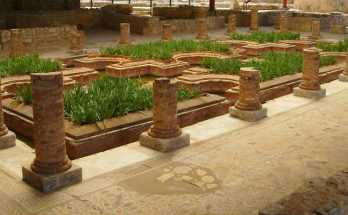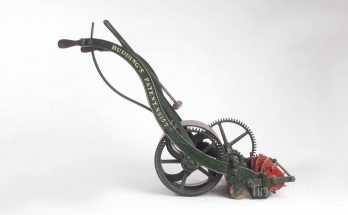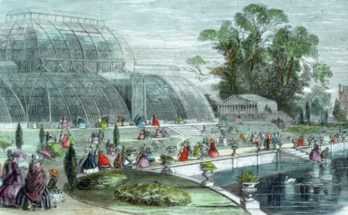History of British Gardening Series

In our History of British Gardening Series you can learn about the importance of the Domesday book and religion, discover more about the first plant hunters and the rise of the English landscape movement.
The original content was published on the BBC Gardening website, however the Design section with all of its content has been removed. We try to keep this great content alive here on the Gardenlife Pro site.

Roman
The Romans were the first to start growing plants for ornamental purposes and not just to eat. Discover more about the impact the Romans had on gardening in Britain in this article.

Medieval
Sadly, no existing medieval gardens have survived in their entirety in Europe, and historical documentation on gardens and plants is scarce. Much of what we know is from paintings.

Tudor and Stewart
The Renaissance movement was sweeping across Europe and eventually Britain in the 15th century. It endeavoured to capture the classical arts styles of ancient Rome.

Restoration
As Charles II was restored to the throne, it was out with the old Tudor style and in with a more flamboyant and elaborate French influence, such as ornamental canals and avenues.

Georgian and Regency
Gardening was coming into its own. With it came the birth of the English Landscape movement and the lawnmower. This period also produced the inspiring Capability Brown who came to prominence in the second half of the 18th century.

Victorian
The Victorian period was celebrated for its progress, invention, new ideas and discoveries from giant glasshouses to garden tools.

Edwardian
Edwardians craved a rural idyll to capture the romance of the countryside within the confines of the ever-expanding urban and suburban landscape. It was a period of prosperity and this was reflected in the exuberant gardening styles.

Modern
Modernism blended urban, public places and new housing estates with the older, more naturalistic form of gardening. Gardening became the nation’s most popular pursuit.
